Dr. Rian Maercks has extensive experience working with children and adults in craniofacial plastic surgery. As a highly trained, caring craniofacial surgeon, he has the skills, expertise, and artistry needed to change the lives of his patients.
Dr. Maercks and craniofacial surgery
Dr. Maercks spent one year as chief resident of the prestigious Cincinnati Children’s Hospital Medical Center after completing his integrated plastic and reconstructive surgical residency there. He also completed fellowship training in Europe and Central and South America with some of the most prominent figures in plastic surgery to date. This extensive training included an elite fellowship with esteemed craniofacial pioneer Dr. Fernando Oritz-Monasterio. With Dr. Maercks’s extensive experience, state-of-the-art technology, and training with some of the most renowned plastic surgeons in the world, he is proud to offer craniofacial surgery — such a life-changing experience to his patients, and a rewarding one to him.





